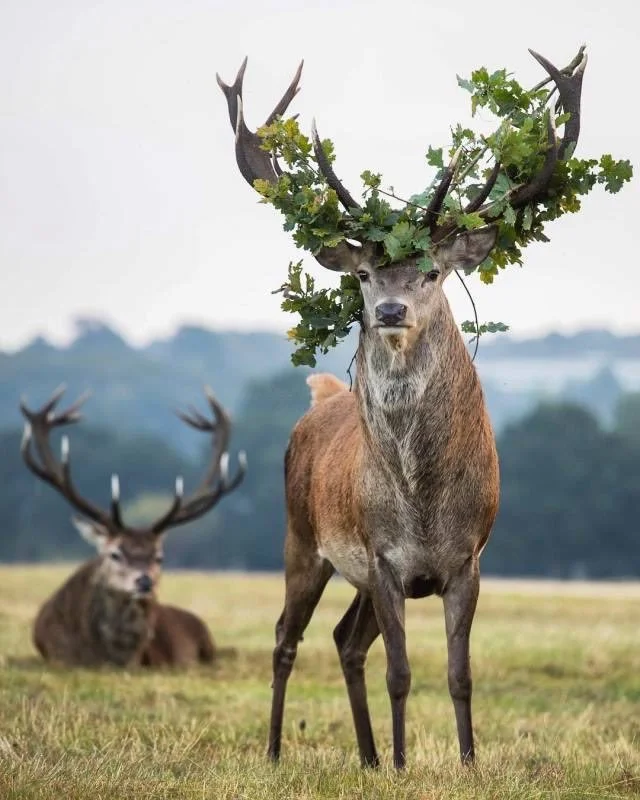Thoughts on Garden Making
What is a garden but a space for humans to enjoy connecting with our non-human relations? A liminal space that bridges our highly controlled and designed human spaces with the wild natural landscapes of our local ecosystems. A garden should be at once designed and at the same time contain elements of wild abandon, of natural abundance, of slightly messy uncontrolled plantscapes. Gardens should connect us to the earth we reside on, in all our messy and imperfect natures - a mirror for our wild selves and a space of comfort and protection.
Shaping the balance between the controlled and the unbridled, then, is the role of the garden designer. And if the garden is, in fact, a link for humans to our local natural ecosystems - a placemaking, a connection to rooting home in our surrounding landscapes - then I would argue a garden must contain a creeping in of those ecosystems through native plants (which, subsequently, then invites a creeping in of the local insects and birds that depend on their relationships with these plants to survive, and vice versa).
I’m not a purist - I do believe that asking garden makers to only use native plants is limiting and perhaps a bit unrealistic. As humans we also have to feed ourselves, and as Toby Hemenway points out in their book Gaia’s Garden: a home with a completely native garden needs to gather a lot of external resources for their day-to-day needs, which is also unsustainable. A house garden should also probably contain the herbs you enjoy cooking with, perhaps a raised bed filled with annual fresh veggies, maybe even a few citrus or fruit trees.
One major hesitation folks seem to have around native gardens is the myth of maintenance. We have somehow been led to believe that native gardens are more difficult to maintain, and that they involve a lot of work, effort and care. I believe they actually require less maintenance, because native plants have adapted to thrive in your local ecosystem without a lot of extra inputs. And I want to challenge people's notions of the “set it and forget it” garden.
We are used to working with stagnant systems (like houses, couches, spreadsheets) that don’t often move when you aren’t manipulating them. But gardens are alive - that is literally the whole point. They grow and evolve, they have seasonality, they change. And connecting with the ever evolving nature of gardens, the periods of abundant growth and the periods of fallow rest, is a balm to our own very natural animal bodies who experience the same cycles - as much as capitalism and productivity culture want us to believe otherwise.













Shopping resources for California Native plants and more!